
If you're interested in DIY inverters using 18650 lithium batteries, this article might be worth a read.
Online, you can easily find ready-made 12V to 220V inverter circuit boards. If you'd like to experiment with building a simple inverter using three 18650 lithium batteries, you'll need to prepare a circuit board, a voltage-current meter, a 18650 battery holder, and an AC socket.
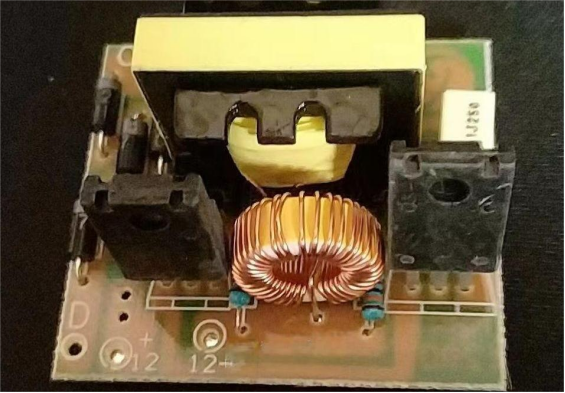
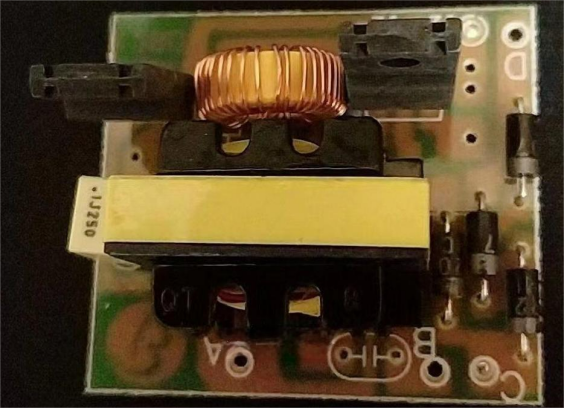
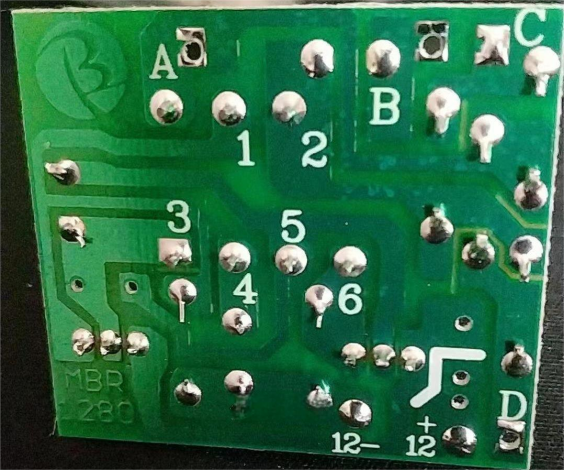
The 12V to 220V inverter board has a maximum output of 40W, so it's only suitable for powering low-wattage devices such as LED energy-saving lamps, set-top boxes, phone chargers, and Wi-Fi routers.
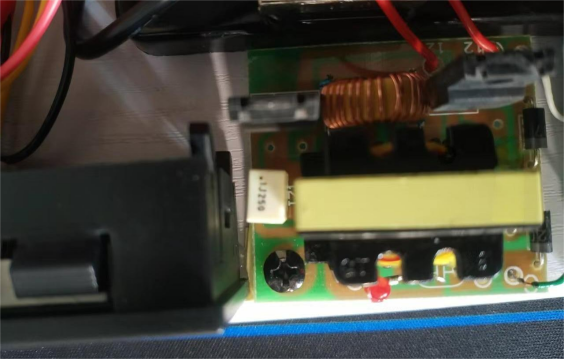
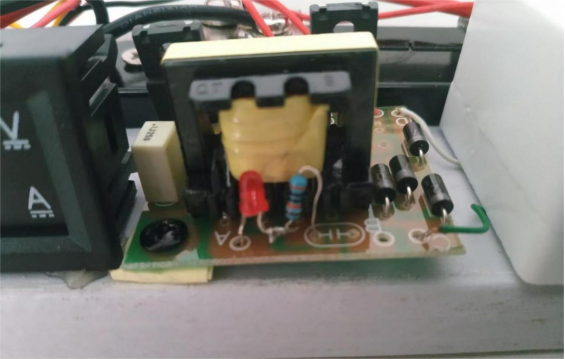
You can add an LED light to the high-voltage output side.
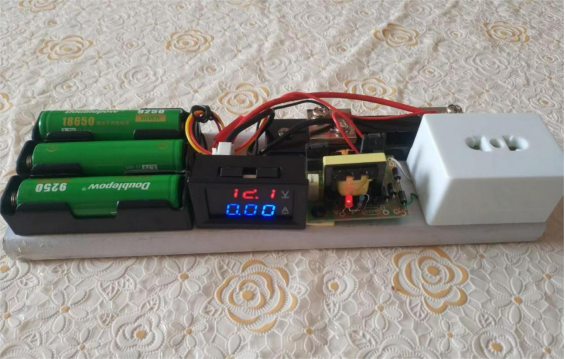
The voltage and current when idle are shown in the image above.
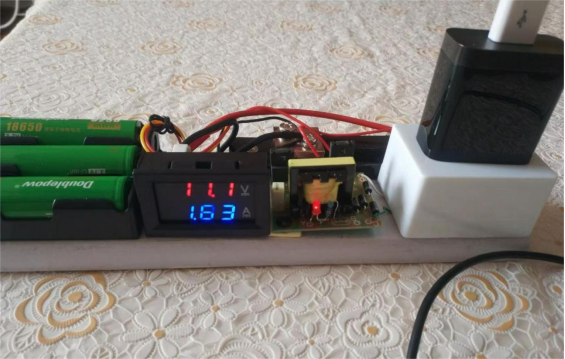
The voltage and current after connecting a phone charger are also shown in the image above.
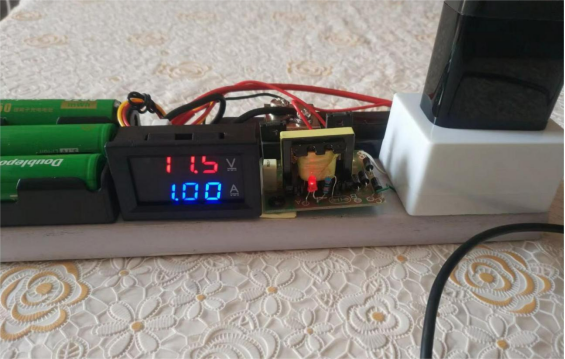
After the charging stabilizes, the voltage and current readings can be seen as above.
The peak power of this phone charger is 18W. Once connected, the battery voltage drops noticeably, which suggests that using high-drain 18650 batteries could improve output performance.
The voltage-current meter is used to monitor the discharge voltage and prevent the batteries from over-discharging. If the voltage drops below 10V, the batteries should be removed and recharged with a separate charger. This helps protect the battery's lifespan.
This setup is a basic high-frequency inverter. It's fine for powering a light bulb or similar devices, but don't use it with loads that require precise waveforms or frequency control.
Since the output is rectified into high-voltage DC before being converted, it's not suitable for powering transformers, electric motors, or similar inductive loads.




